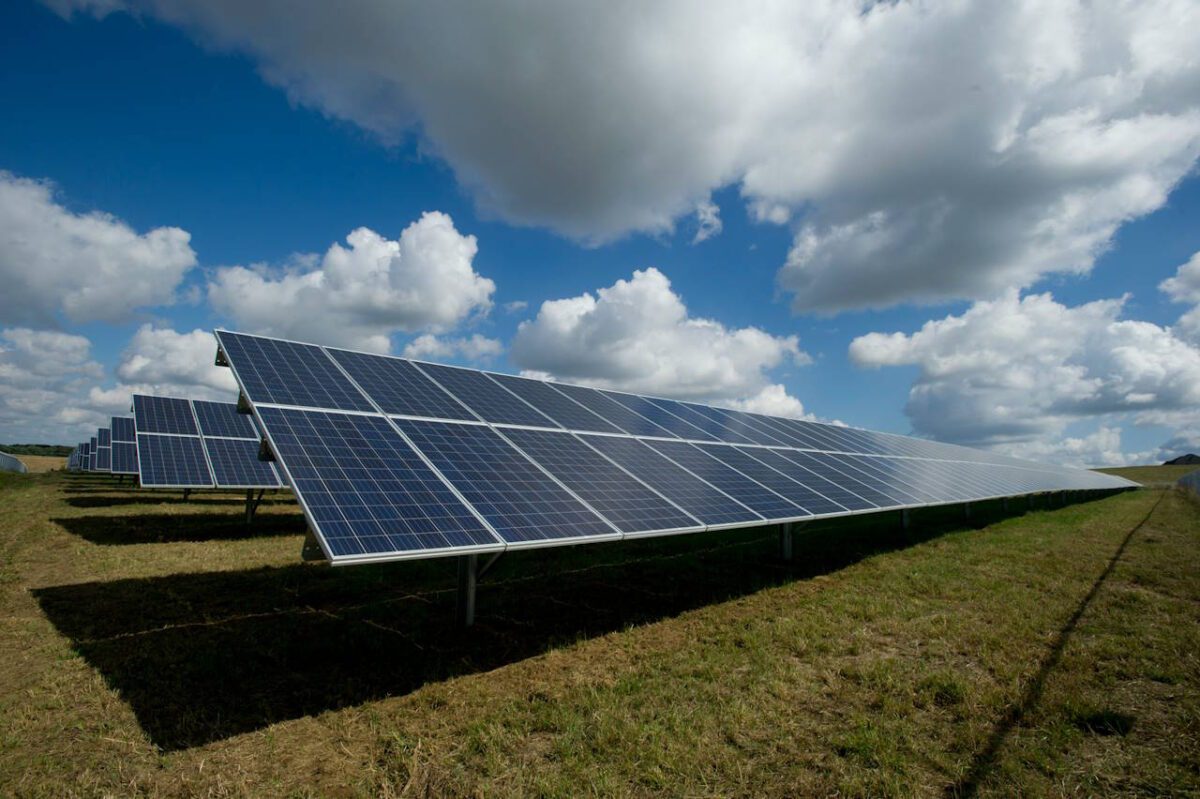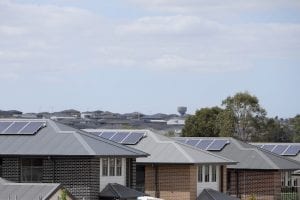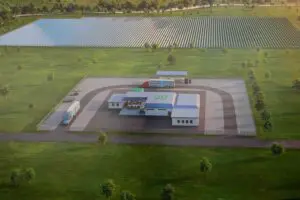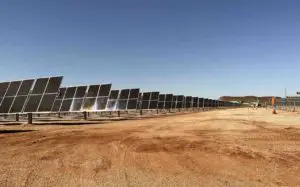British renewable energy developer Harmony Energy has secured consent for two solar farms to be built on New Zealand’s North Island, adding another 150MW of PV generating capacity.
Harmony Energy announced on Monday that it had received resource consent for development of solar farms in Ōpunake and Marton, located on the southwest coast of the North Island.
A spokesperson for Harmony Energy confirmed for RenewEconomy that the Ōpunake Solar Farm will 75MW (AC) while the Marton project will be 73.5MW.
Once completed, the two sites will generate power equivalent for the needs of approximately 30,000 homes and further enhance the country’s already renewable-heavy energy security.
Harmony Energy expects construction of the two projects to generate around 400 direct full-time equivalent jobs, ensuring the projects not only generate clean energy but also boost local employment and the economy.
“Solar farms not only support our environmental and energy security goals, but they’ll also help local businesses flourish through job creation and economic growth,” said Pete Grogan, director of Harmony Energy.
“Renewable energy infrastructure is essential for the future of our planet, and Harmony Energy is proud to be at the forefront of this change.
“Obtaining resource consent for these projects represents another milestone for the NZ business.”
The two projects are part of a raft of nine renewable energy infrastructure projects Harmony Energy is developing in New Zealand, including the 200MW Tauhei Solar Farm being developed in the north-east of the North Island.
Construction of the Tauhei Solar Farm is expected to get underway in the next few months, for what is expected to be New Zealand’s largest solar farm.
“Construction of the Tauhei Solar Farm is on track to start this spring so it’s great to know there’s more in the pipeline,” said Grogan.
“Like Tauhei, these projects allow for continued farming and incorporate extensive native planting to enhance biodiversity and ecology. The designs are a collaborative effort, and the team have done a fantastic job working with mana whenua and local partners.”











Leave a Reply